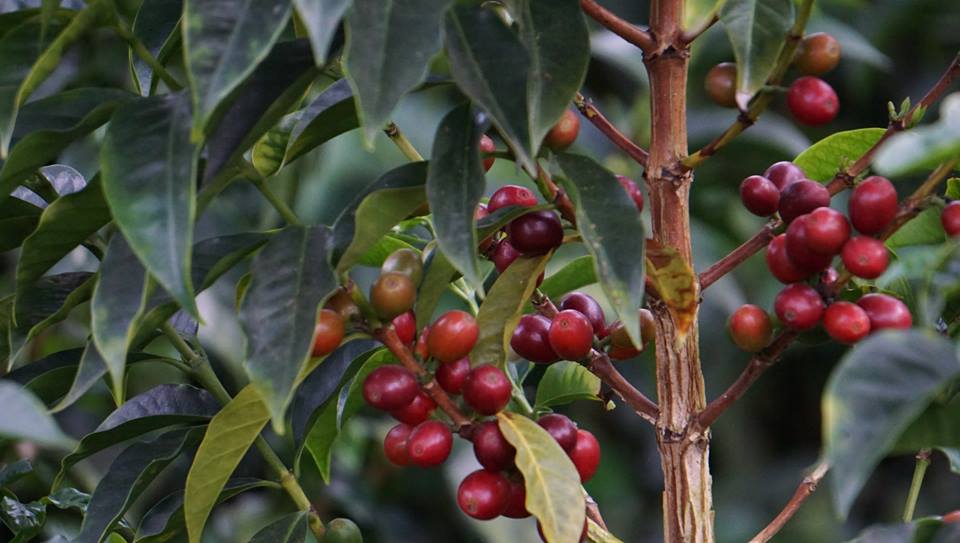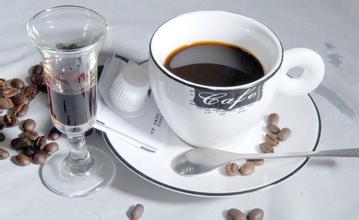Cultivation conditions in Nicaragua SHG grade the most classic flavor of traditional coffee varieties
The global trend of modern coffee has gone through three popular stages: the first stage is the popularity of cheap coffee represented by instant coffee from World War II to the 1960s; the second stage is the popularity of commercial coffee represented by Starbucks from the 1960s to the beginning of this century; the third stage is the popularity of boutique coffee which originated in the 1970s and has become a trend in the past decade, especially in Japan and South Korea.
Nicaragua (Nicaragua) aroma 3.5 minutes brightness 4 minutes mellow 3.5 minutes flavor 4 points aftertaste 4 points
Suitable for baking: City/Full city people who like deep-baked taste can try Jinotega and Matagalpa, baking beans when the second explosion is dense, when the flavor is thick but well balanced, with a strong bitterness and sweetness, it is very suitable for Espresso. Of course, Nicaragua beans are also very suitable for medium baking, so it is recommended to try them all.
Like most Central American coffee-producing countries, Nicaragua has good growing conditions. Most of the high-end coffee beans come from high-altitude estates, and these beans represent "SHG grade" (Strictly High Grown). Most of Nicaragua grows traditional coffee varieties, such as Tibica, Bourbon, National Treasure Coffee, etc., as well as some Caturra coffee trees. High-end Nicaraguan coffee has the most classic flavor of coffee: thick texture, clean taste and overall balance. SHG is the only coffee in Central America without sharp acidity. Nicaraguan coffee is often underestimated, such as Sinotega and Matagalpa, which are better than many Colombian coffees, while Segovia is also good, somewhat similar to Mexico's Oaxaca.

Important Notice :
前街咖啡 FrontStreet Coffee has moved to new addredd:
FrontStreet Coffee Address: 315,Donghua East Road,GuangZhou
Tel:020 38364473
- Prev

What are the three steps to choose fresh coffee beans
There are three steps: smell, see, and peel. Smell: put the coffee beans close to the nose and smell them deeply to see if you can clearly smell the aroma of the coffee beans. If so, the coffee beans are fresh enough. On the contrary, if the aroma is weak, or has begun to appear greasy, it means that the coffee beans are not fresh at all. This kind of coffee beans, no matter how much effort you put into grinding and going
- Next

Excellent quality Salvadoran: Pakmara Coffee Introduction
In El Salvador, Cusca-Bapa produces the finest coffee beans, which are slightly lighter in weight, aromatic, pure and slightly acidic. Like Guatemala and Costa Rica, coffee in El Salvador is graded according to altitude, with the higher the altitude, the better the coffee. The best brand is Pip, whose quality has been recognized by the American Organic Certification Society. other
Related
- Does Rose Summer choose Blue, Green or Red? Detailed explanation of Rose Summer Coffee plots and Classification in Panamanian Jade Manor
- What is the difference between the origin, producing area, processing plant, cooperative and manor of coffee beans?
- How fine does the espresso powder fit? how to grind the espresso?
- Sca coffee roasting degree color card coffee roasting degree 8 roasting color values what do you mean?
- The practice of lattes: how to make lattes at home
- Introduction to Indonesian Fine Coffee beans-- Java Coffee producing area of Indonesian Arabica Coffee
- How much will the flavor of light and medium roasted rose summer be expressed? What baking level is rose summer suitable for?
- Introduction to the characteristics of washing, sun-drying or wet-planing coffee commonly used in Mantenin, Indonesia
- Price characteristics of Arabica Coffee Bean Starbucks introduction to Manning Coffee Bean Taste producing area Variety Manor
- What is the authentic Yega flavor? What are the flavor characteristics of the really excellent Yejasuffi coffee beans?

